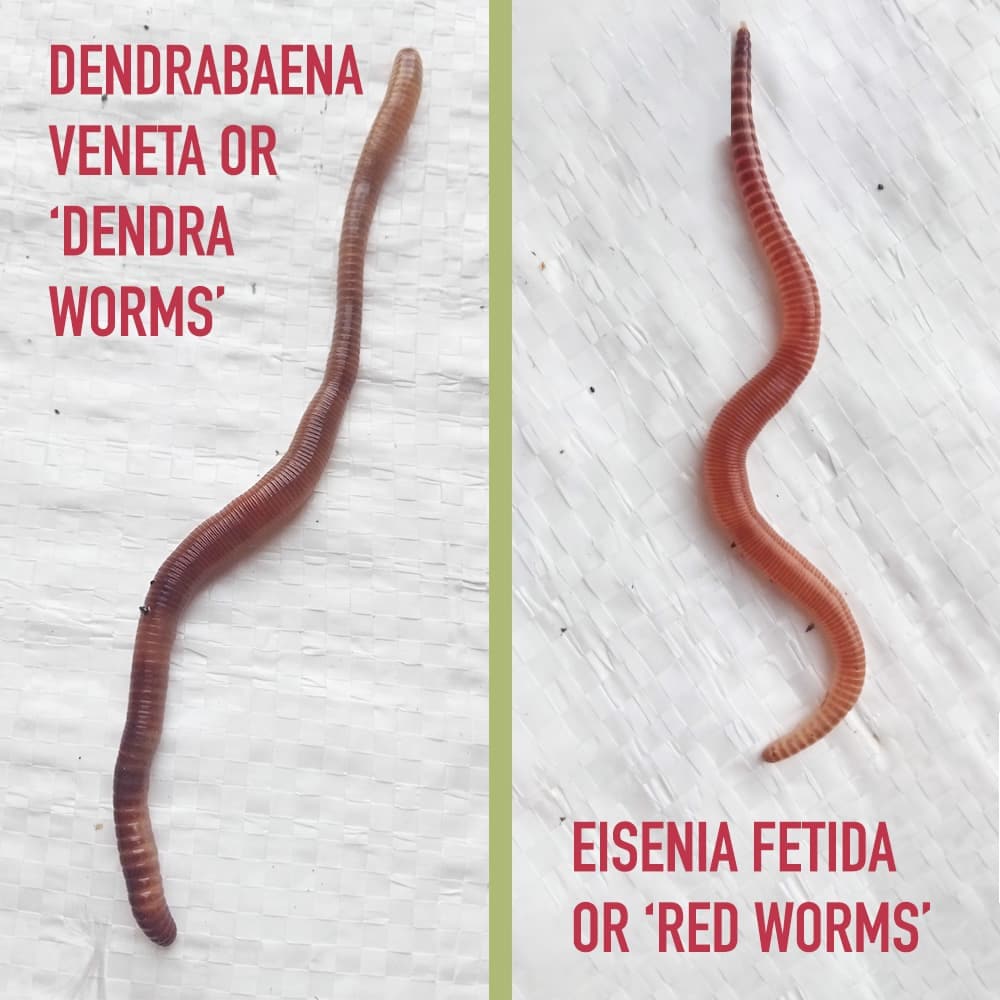The 45-Second Trick For Red Wiggler Express
The 45-Second Trick For Red Wiggler Express
Blog Article
Facts About Red Wiggler Express Uncovered
Table of ContentsRed Wiggler Express Things To Know Before You BuyWhat Does Red Wiggler Express Do?The Best Strategy To Use For Red Wiggler ExpressRed Wiggler Express Things To Know Before You Get ThisWhat Does Red Wiggler Express Do?
And the flourishing Red Worm population? Also in the lot that was established up straight in front of yard composters with existing Red Worm nests.
Several selections, including Red Wigglers, European Nightcrawlers, and Lumbricus types were brought over from the European continent. Below's the thingNative or not - and as gifted as they are at being able to survive in a wide-range of environments and problems -. Simply put, they are even more likely to hang around in any type of energetic composting systems you have set up, than they are to wander off and start ruining the atmosphere.
Roots call for oxygen for respiration and rely upon smooth air flow within the dirt to prosper. When it rains, dirt can come to be saturated with water, decreasing the oxygen offered and hindering nutrition absorption. To maintain an ideal balance, the soil has to permit water to drain pipes appropriately, leaving enough space for air to sustain origin health and wellness
Some Known Facts About Red Wiggler Express.

When it involves worms for composting, what comes to mind? If you were an earthworm breeder, dealer, or ordinary gardener, then you 'd understand that red wiggler worms are the excellent worms for vermicomposting. To read more about these earth wonders, checked out a few of the red worm truths below.
(https://disqus.com/by/rwigglerexnc/about/)If they extend their bodies, you'll be able to see the red stripes on their skin. When increasing worms such as red wiggler worms, you must be able to know how to profit them. When you have the ability to keep and care for their habitat well, and additionally feed them the ideal sort of natural wastes, after that they'll have the ability to create nutrient-packed and quality-rich worm castings for you (also called worm poop or garden compost).
The smart Trick of Red Wiggler Express That Nobody is Talking About
What do worms eat? Well, these red wriggler worms can be fed with cooking area scraps and garden wastes.

This actions makes them fit permanently in worm containers, compost heap, and other restricted areas where organic waste is abundant. Creating an optimal setting for red wigglers calls for a thoughtful strategy. Take into consideration the complying with necessary aspects to take care of red wigglers in your home and ensure their well-being: Make use of a bed linens of shredded paper or cardboard.

Include a handful of dry, shredded newspaper if the bin becomes too wet. They do! Red wiggler worms reproduce by laying tiny, lemon-shaped eggs in protective cocoons. These cocoons are usually transferred in the bed linens and hatch into infant worms within a couple of weeks. The rapid recreation cycle of red wigglers is one of the factors they are preferred for vermicomposting.
Things about Red Wiggler Express
Their flexibility and resilience have made them a prominent choice for vermicomposting in different regions around the world. Take into consideration protective steps for really severe temperatures such as: Protecting the worm container with layers of straw or leaves. Red Wiggler Express.

Simply keep in mind - you can constantly include more food later on (however it's tough to get rid of feed once it's been included to a bin!).
Because I fed the red wigglers and compost worms also much, they weren't able to maintain up and over time the older food went uneaten and produced anaerobic problems that eliminated the worms. Right here're the 6 golden regulations for how commonly and exactly how much to feed your worms: Rule # 1: Moderation!
The Only Guide for Red Wiggler Express
Uneaten food will certainly lead to anaerobic problems that will certainly eliminate your online worms. Guideline # 6: After the very first feeding, feed the worms 1/3 to 1/2 of their weight.
Report this page